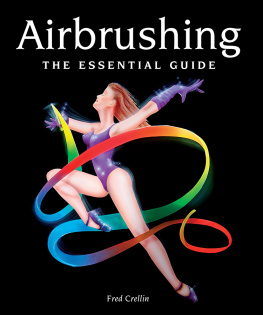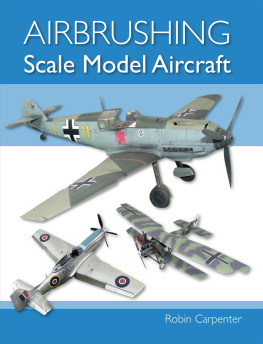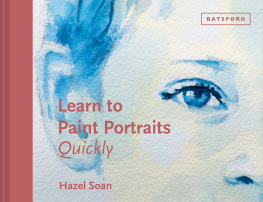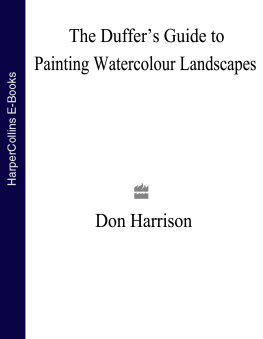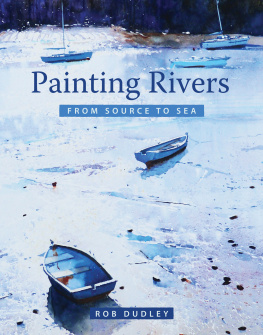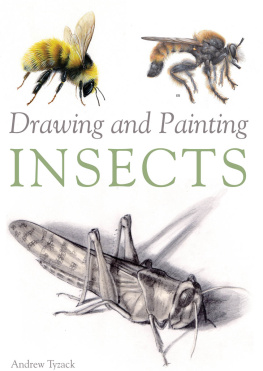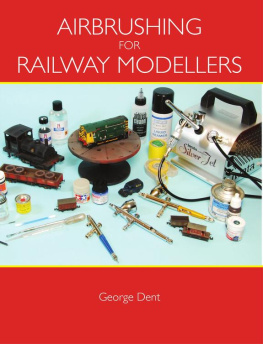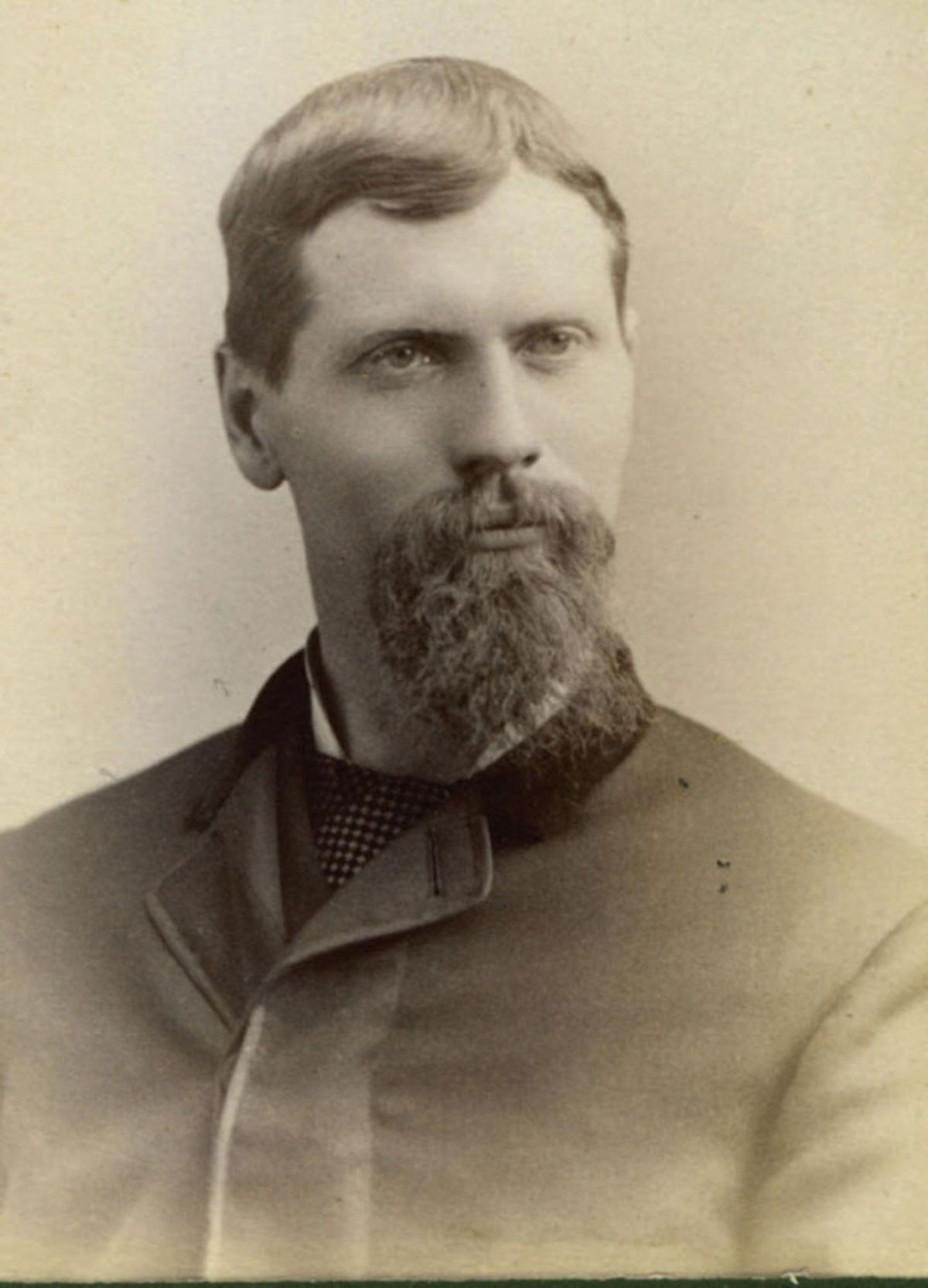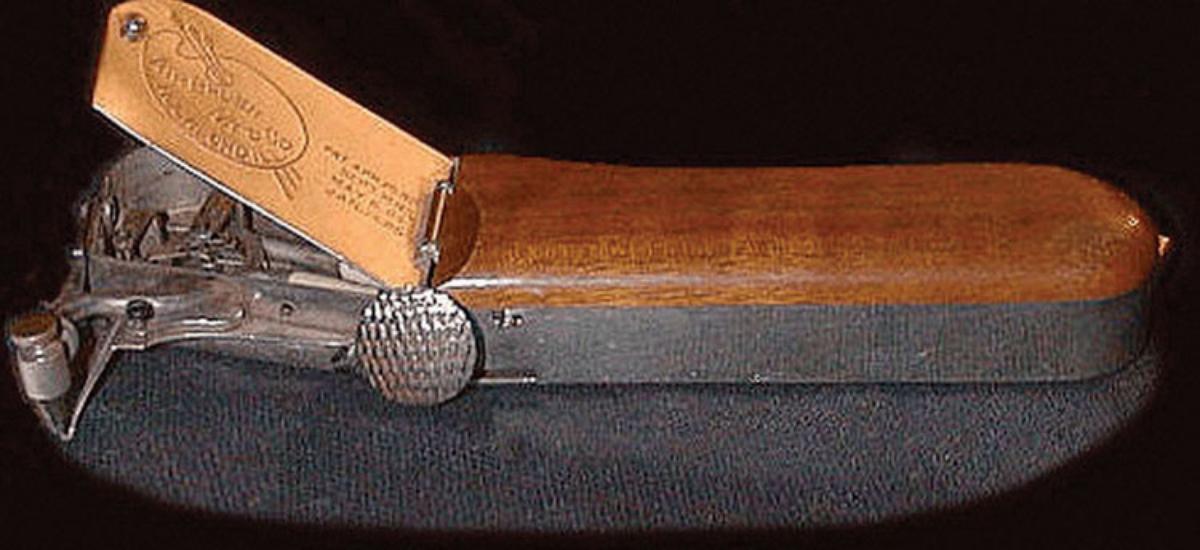Crellin - Airbrushing: the essential guide
Here you can read online Crellin - Airbrushing: the essential guide full text of the book (entire story) in english for free. Download pdf and epub, get meaning, cover and reviews about this ebook. City: Marlborough, year: 2013, publisher: Crowood, genre: Home and family. Description of the work, (preface) as well as reviews are available. Best literature library LitArk.com created for fans of good reading and offers a wide selection of genres:
Romance novel
Science fiction
Adventure
Detective
Science
History
Home and family
Prose
Art
Politics
Computer
Non-fiction
Religion
Business
Children
Humor
Choose a favorite category and find really read worthwhile books. Enjoy immersion in the world of imagination, feel the emotions of the characters or learn something new for yourself, make an fascinating discovery.
- Book:Airbrushing: the essential guide
- Author:
- Publisher:Crowood
- Genre:
- Year:2013
- City:Marlborough
- Rating:3 / 5
- Favourites:Add to favourites
- Your mark:
Airbrushing: the essential guide: summary, description and annotation
We offer to read an annotation, description, summary or preface (depends on what the author of the book "Airbrushing: the essential guide" wrote himself). If you haven't found the necessary information about the book — write in the comments, we will try to find it.
Airbrushing is a versatile and exciting art. The technique has been used for some 150 years, and is now finding ever more applications. This beautiful book explains how to use an airbrush. It looks at the fundamentals of how to get started, advises on maintenance of the tool and then gives step-by-step examples of a range of projects. With troubleshooting tips throughout, it enables you to get the most from your airbrush and create beautiful pieces with a professional finish. Topics covered include: Technical illustration; Watercolour landscapes; Portraits; Painting scale models; Cake decorating; T-shirts and leather; Custom painting vehicles. To those who airbrush the joys are well known, as well of course, as the trials and tribulations of managing the instrument itself. The airbrush student has to learn significant new skills - to master not only colour and shade, but also air pressure, paint consistency and the diverse ways of masking and shading that can help to achieve...
Crellin: author's other books
Who wrote Airbrushing: the essential guide? Find out the surname, the name of the author of the book and a list of all author's works by series.

